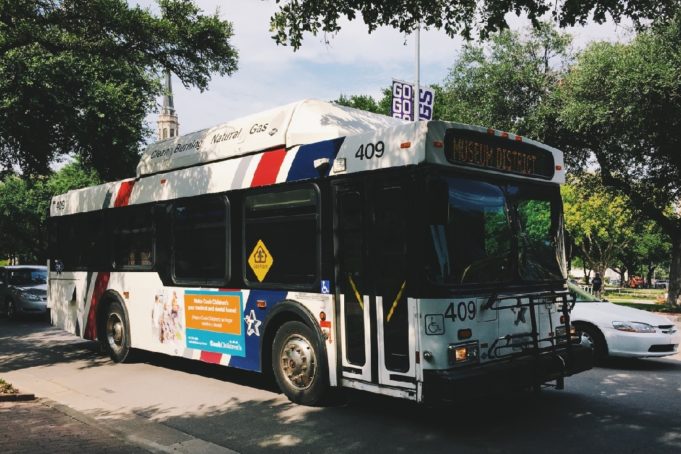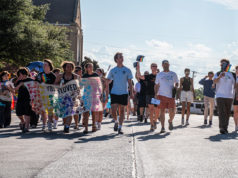Since early spring, there has been an ongoing project to create a new master plan for Fort Worth’s transit agency, The T. The project, led by transit consultant Nelson/Nygaard of San Francisco, aims to identify areas where The T comes up short and identify strategies for improving its network and services.
Even as urban Fort Worth has boomed, with new residents coming to places like downtown, 7th Street, and the Near Southside, The T has been fairly stagnant. The Fort Worth Streetcar project was killed five years ago under controversial circumstances by former mayor Mike Moncrief and certain members of the City Council. The long-discussed TEX Rail commuter train project has moved along slowly, and its abbreviated first phase (connecting downtown with D/FW Airport) has yet to start construction. Meanwhile, the city’s bus network is seen as having infrequent service and confusing, inefficient routes that have not kept pace with urban revitalization, as I’ve written about recently.
In late August, The T Master Plan group finished a document titled, “Service Improvement Opportunities,” detailing steps that need to be taken to make The T into a more appealing and modern transit system. The problem areas identified by the document will be familiar to anybody who has attempted to make use of the system.
The frequency of buses is number one on the list, with the master plan identifying that popular transit systems try to achieve headways (time between bus arrivals at stops) of 15 minutes or less. The T only has four lines that achieve such headways on weekdays, and only two (Molly the Trolley and the TCU Shuttle) that hit every ten minutes. Most trend towards the half-hour mark, or even less frequently, and on weekends most routes operate only once every 60 minutes or less.
The plan also identifies issues with routes, with many of The T’s being complex and filled with circuitous layouts that confuse potential riders. The plan recommends simplified routes that are direct, run on logical roads, minimize variations and direction changes, take advantage of landmarks, and operate in well-defined markets (with major corridors served by only one route, with increasing frequency rather than additional lines to handle demand). The plan also recommends consolidating stops, eliminating many of the close-together stops on T lines in favor of greater efficiency and speed.
Unsurprisingly, the plan also recommends development beyond the bus network, with recommendations on utilizing systems like Bus Rapid Transit and (cough, cough) modern streetcars to serve different sorts of routes. The streetcar in particular is a potential tie-in with another recommendation: improving and expanding central city circulator lines beyond Molly the Trolley.
The current system’s lack of easy access to transit information is another recommended area of improvement. The plan calls for things like real-time bus tracking on smartphones and better electronic information on arrivals and schedules at bus stops. Speaking of bus stops, the plan also calls out the current system’s many under-developed stops, usually little more than a sign on the curb, often with no shelter or place to sit. The plan’s authors suggest that more amenities be brought to bus stops to make the transit experience more appealing.
The plan ends with ideas for a potential re-branding of the city’s transit service, to help mitigate the negative connotations that residents have with the T. It might be refreshing to have the system given a new look and feel, though it will hopefully not be a substitute for better service.
The document is an interesting look at what has been identified as The T’s weaknesses and ways to fix them, and it can be downloaded here, in the form of a three-megabyte PDF file. I encourage people to look it over and let city leaders know you want better transit in Fort Worth.













I recently received an email from a group that says the T is ending a program that gives poor families discounted tickets because of revenue issues. Do you know anything about this?
https://www.fwweekly.com/2014/10/08/no-passno-job/
There definitely needs to be a change. I moved here about 6 weeks ago and trying to figure out what bus I need to take is VERY confusing. I just decided to walk….much easier.
Carla, if you’re savvy enough to read the Weekly online and make an online comment, you ought to be able to grasp The T schedules. It’s not rocket science.
In my view there is adequate ridership on some routes, such as Lancaster Avenue and Main Street, to justify 15 minute intervals. But on sparser routes, increasing frequency from 30 minutes to 15 minutes will only double the cost without significantly increasing ridership.
Like it or not, public transit is not in high demand here, and with $2 gas, ridership will likely decline.